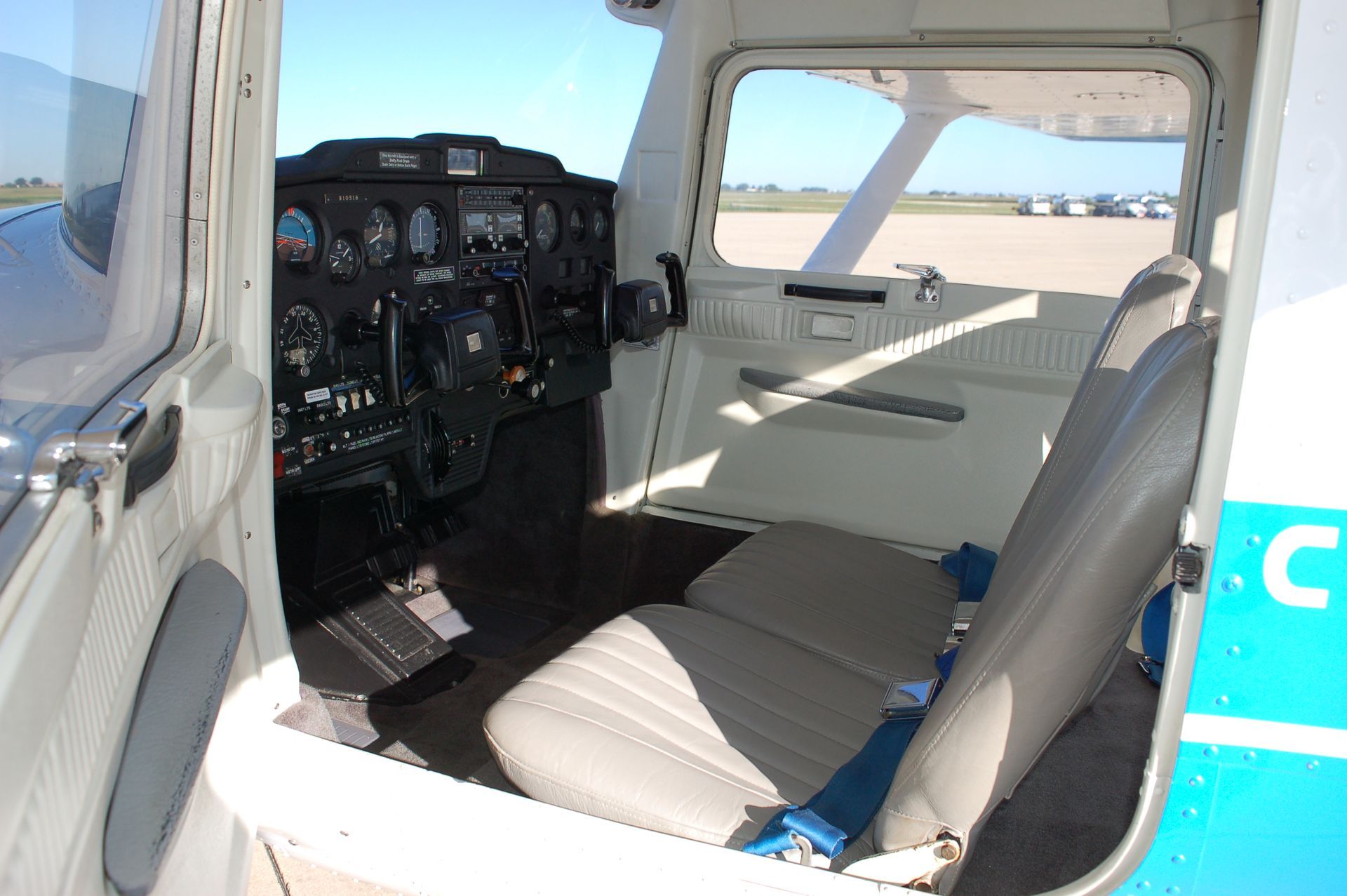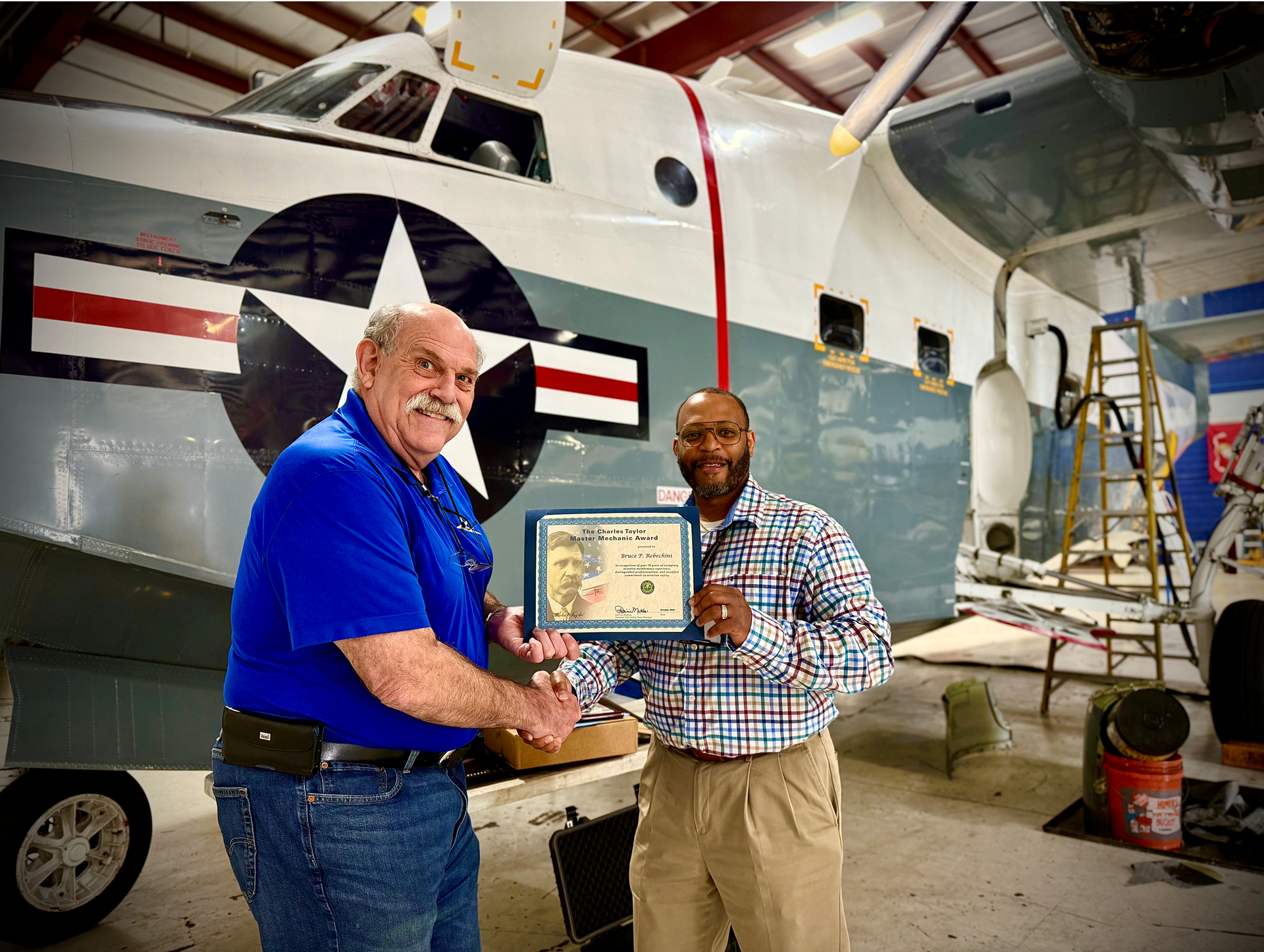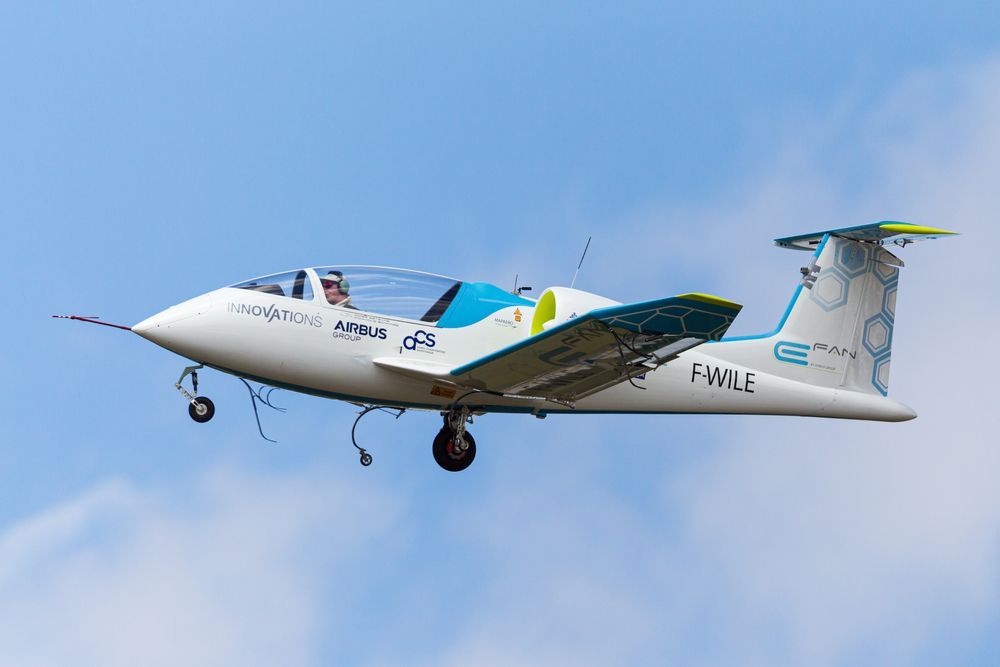Share this Article:
Upgrading your aircraft's avionics can enhance safety, boost situational awareness, and even increase resale value. But with countless options available, choosing the right avionics package can feel overwhelming.
Maybe you're a weekend pilot, or part of a corporate flight department, or managing a fleet, either way a thoughtful approach will lead to the best results. Here’s what to consider when selecting the right avionics solution for your aircraft.
Understand Your Aircraft’s Mission and Needs
The right avionics package depends on how you use your aircraft. A weekend VFR (Visual Flight Rules) flyer has very different needs than someone who routinely flies cross-country under IFR (Instrument Flight Rules).
Ask yourself:
- Do you fly primarily for personal or business use?
- What types of airspace do you typically operate in?
- How long are your average flights?
- Do you frequently fly at night or in poor weather?
A mission-driven assessment helps narrow the field. For example, a pilot flying short, local hops might prefer a streamlined, cost-effective setup. In contrast, longer IFR flights call for more robust capabilities like WAAS GPS, ADS-B In/Out, and synthetic vision.

Know the Key Components of an Avionics Package
A complete avionics package is a network of interconnected systems that work together to deliver a safer, more efficient flight experience. Here are the essential components you’ll want to understand:
Communication Systems
Reliable communication is a must in any cockpit. Most packages include a VHF radio system that enables communication with ATC, other aircraft, and ground support. Upgrades often include:
- Dual comm radios for redundancy
- Bluetooth-enabled audio panels for wireless integration
- Digital audio panels with customizable volume and squelch per channel
These features ensure clarity and help manage multiple audio sources such as GPS alerts and intercom systems.
Navigation Systems
Modern navigation systems integrate GPS with digital maps, terrain alerts, and even flight planning tools. Look for:
- WAAS-enabled GPS: Enables LPV approaches with vertical guidance
- ILS/VOR receivers: Essential in some IFR environments
- Flight directors: Provide guidance for altitude and course corrections
Many units today combine GPS, nav, and comm into a single, space-saving system.
Surveillance and Safety Systems
Situational awareness and compliance with FAA regulations are key. Common systems include:
- ADS-B Out/In: Required in most controlled airspace and delivers real-time weather and traffic updates
- TCAS: Alerts pilots to nearby aircraft
- TAWS: Warns about terrain or obstacles, especially critical in low-visibility or unfamiliar areas
These tools greatly enhance safety in complex airspace.
Flight Management Systems (FMS) and Autopilots
These are the brains behind modern navigation and routing. An integrated FMS can:
- Plan and modify routes
- Provide vertical and lateral guidance
- Integrate with GPS and aircraft performance metrics
Autopilots vary from basic wing-levelers to fully coupled systems that can manage climbs, descents, holds, and even instrument approaches.
Display Systems: Glass Cockpits vs. Traditional Panels
Glass cockpits are now the standard in modern aircraft, offering:
- Synthetic vision
- Split-screen displays for traffic, terrain, maps, and engine data
- Reduced mechanical components and improved reliability
That said, traditional analog panels or hybrid solutions like the
Garmin G5 or Aspen Evolution still have a place in legacy aircraft or for those preferring familiar instrumentation.
Consider Integration and Compatibility
All your avionics components must work together smoothly. Mismatched systems can cause display glitches or reduced functionality. Opt for suites from manufacturers like Garmin, Avidyne, or Aspen, which design their components to operate in harmony. This improves performance and simplifies installation and maintenance.
Prioritize Certification and Compliance
Before you invest, make sure your equipment is certified for your aircraft model and meets FAA requirements. Look for:
- STCs (Supplemental Type Certificates) for each component
- ADS-B Out compliance
- IFR GPS approval for approach operations
- TAWS mandates for turbine aircraft
Non-certified systems may reduce resale value or make your aircraft non-compliant in certain airspace.
Set a Realistic Budget (And Stick to It)
Avionics upgrades can range widely, from about $10,000 for basic improvements to over $150,000 for full-panel conversions. Establish your budget early and consider:
- Equipment costs
- Labor and downtime
- Software subscriptions
- Future scalability and upgrade paths
You are investing in safety, efficiency, and possibly even resale value. A low-cost install might end up being more expensive in the long run.
Choose a Trusted Installation Partner
High-end avionics demand expert installation. J.A. Air Center has been a trusted name in avionics since 1965. Our licensed, factory-trained technicians provide:
- Precision installations
- In-house FAA inspections
- Certified expertise across top brands like Garmin, Avidyne, and L3Harris
We do more than just install systems. We guide you from planning to post-flight testing, ensuring confidence in every flight.

Take Advantage of Turnkey Services
Upgrading avionics often means more than just installing new hardware. That’s why J.A. Air Center offers:
- Panel refinishing
- Pitot-static system checks
- Post-installation flight testing
- Logbook and documentation support
Turnkey service minimizes your downtime and keeps your aircraft compliant and flight-ready.
Tips for Evaluating Avionics Brands
When comparing avionics brands, it’s important to balance performance, integration, and long-term support. Here are some tips:
- Compare ecosystems. Garmin, for instance, offers a comprehensive product line that integrates seamlessly, from PFDs and MFDs to audio panels and autopilots.
- Evaluate support and updates. Choose brands that provide ongoing firmware updates and responsive technical support.
- Ask your installer. Certified installation centers like J.A. Air Center can recommend the best fit for your specific aircraft type and flying needs.
- Research interface usability. Some pilots find certain systems more intuitive than others. If possible, demo the systems or explore similar cockpits before you decide.
The best brand is not necessarily the most expensive. It is the one that aligns best with your aircraft, your mission, and your long-term aviation goals.
Key Takeaways
Choosing an avionics package doesn’t have to be overwhelming. Keep these main points in mind:
- Begin with your mission. Know how and where you fly most often.
- Understand the core systems. Navigation, communication, surveillance, and displays are foundational.
- Stay compliant. FAA regulations and certifications matter.
- Plan your investment. A thoughtful budget and future-proofing save money in the long run.
- Work with professionals. A skilled installation team makes all the difference.
A well-chosen avionics package improves safety, efficiency, and the overall flying experience.
Ready to upgrade your panel? Contact the avionics experts at J.A. Air Center today for a custom consultation and get expert guidance on your next avionics investment.





